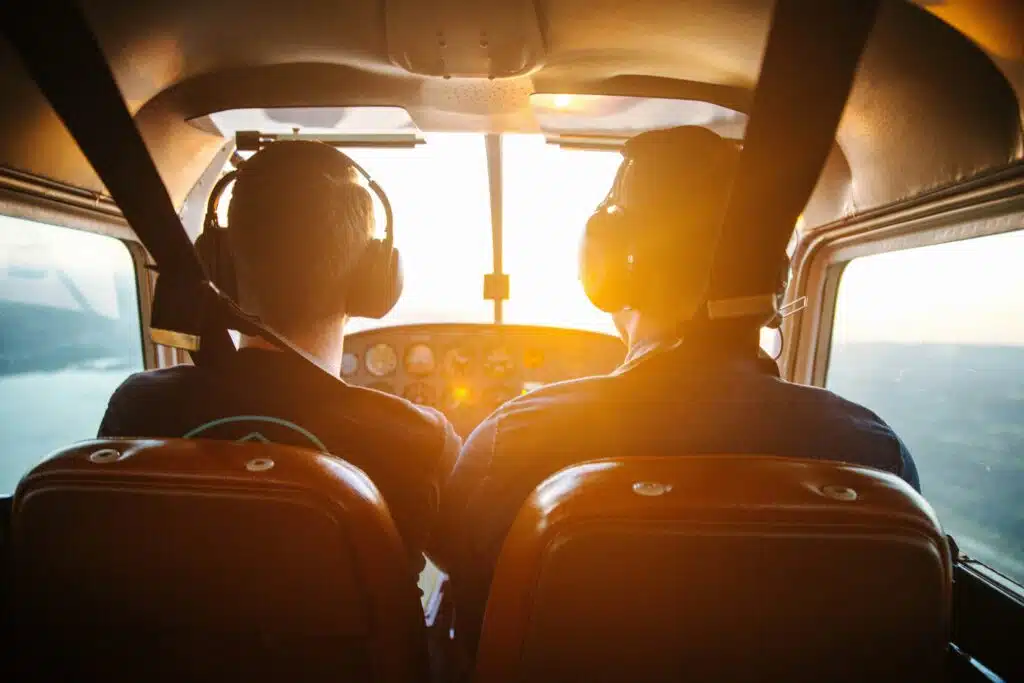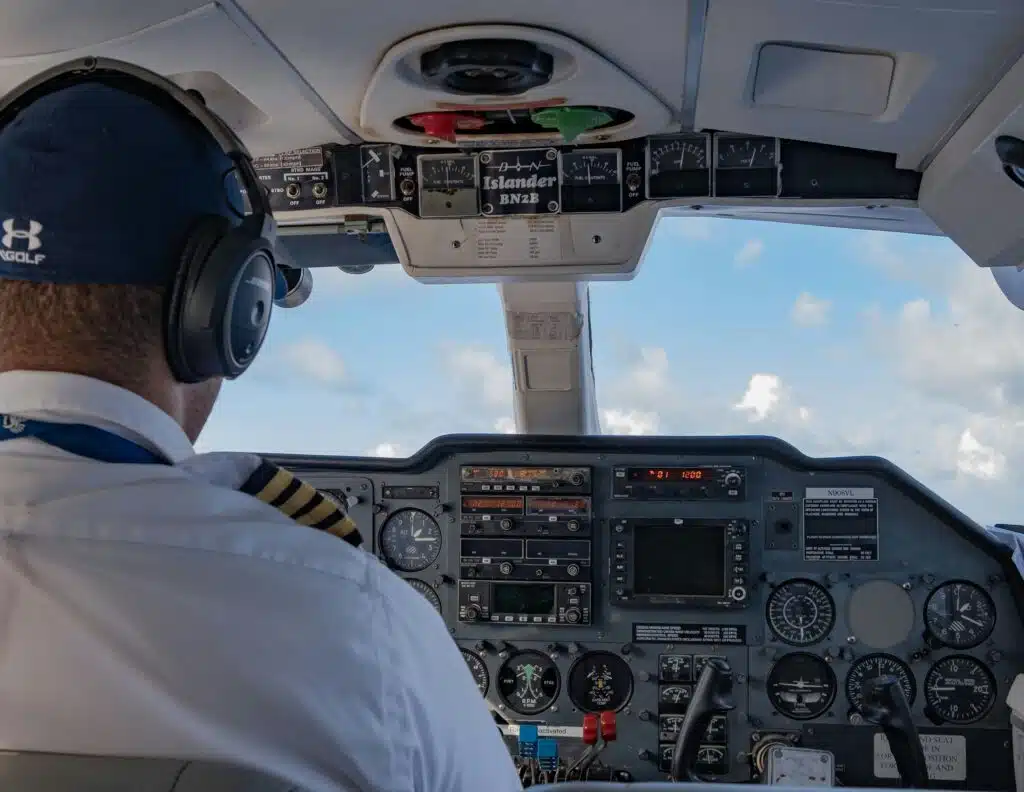Airline reveals why pilots never have beards and it’s actually really important
- An airline has revealed why you don’t see pilots with beards
- Having facial can actually post a safety risk while flying
- A study from the 1980s found that facial hair could have an impact on how well an oxygen mask worked
Published on Jun 18, 2024 at 11:53 AM (UTC+4)
by Claire Reid
Last updated on Jun 18, 2024 at 5:31 PM (UTC+4)
Edited by
Kate Bain
An airline has explained why you’ll never see its pilots sporting a beard and it’s completely ‘safety driven’.
While it’s unlikely you’ve ever paid much attention to a pilot’s choice of facial hair, if you had you may have noticed that facial hair is incredibly uncommon – and this is all to do with how oxygen masks work.
This is the reason why you’ll never see an American Airlines pilot with facial hair and, while other airlines such as Delta, do allow some facial hair such as a neatly trimmed moustache or sideburns, none appear to be happy for pilots to have a full beard.
READ MORE! Plane lands safely without any landing gear thanks to pilot’s incredible reaction
Airline explains why you don’t see pilots with beards

An American Airlines spokesperson told Thrillist: “We do not allow pilots with facial hair to be on active duty.
“It’s actually safety driven.
“Safety is one of the biggest, most important things in our industry.”
But what exactly is the problem?
Well, it all stems from a safety review on masks and facial hair from back in 1987.
This study found that oxygen masks were less effective when the person wearing one had facial hair.
Researchers conducing the study used three ‘popular’ crewmember oxygen mask types to see if the amount of facial hair someone had made a negative impact on oxygen levels – and it was found that it did.
The report explained: “The data resulting from these tests indicated that decrement in performance does occur when facial hair is present along the sealing surface of crew oxygen masks.”
You can’t be too safe when you’re flying a plane

It went on to explain that the decrease is directly related to the amount of facial hair the person has, the type of mask they wore, the suspension system the mark used, and the exercise level the person was subjected to.
But one of the studies found oxygen leakage of between 16% and 67% for those wearing masks with facial hair, which – of course – is far from ideal if you’re the person in charge of safely flying a plane.
The study notes that while this level of lost oxygen isn’t likely to be fatal, it could render someone unconscious.
“If the mask is properly donned and usual emergency descent procedures can be followed, the deficit in oxygenation might not be severe enough to be life-threatening, but could cause loss of consciousness,” it explains.
Pilots have enough to concern themselves with while flying a plane – such as pulling off intricate maneuvers to make a perfect landing – so it makes sense that they don’t need the additional worry of potentially passing out during an emergency.
DISCOVER SBX CARS: The global premium car auction platform powered by Supercar Blondie

Claire Reid is a journalist who hails from the UK but is now living in New Zealand. She began her career after graduating with a degree in Journalism from Liverpool John Moore’s University and has more than a decade of experience, writing for both local newspapers and national news sites. Claire covers a wide variety of topics, with a special focus on cars, technology, planes, cryptocurrency, and luxury.
